Here’s another edition of “Dear Sophie,” the advice column that answers immigration-related questions about working at technology companies.
“Your questions are vital to the spread of knowledge that allows people all over the world to rise above borders and pursue their dreams,” says Sophie Alcorn, a Silicon Valley immigration attorney. “Whether you’re in people ops, a founder or seeking a job in Silicon Valley, I would love to answer your questions in my next column.”
Extra Crunch members receive access to weekly “Dear Sophie” columns; use promo code ALCORN to purchase a one- or two-year subscription for 50% off.
Dear Sophie:
Our startup is planning on registering an international student employee in this year’s H-1B lottery. This will be our first H-1B.
Can you help demystify the H-1B process and provide any tips? We also want to hire an Australian and transfer their E-3. How quickly can this be done?
— Plucky in Pleasanton
Dear Plucky:
Thanks for your timely questions! There’s some great news for Australian citizens currently in the U.S. and looking for job transfers, amendments and extensions. Premium processing is now available for the E-3 working visa category! This means that transfers, changes of status, and extensions of status for Australians in the U.S. seeking an E-3 can now obtain adjudications from USCIS in as little as 15 days, making it much easier to hire an Australian who is currently in the U.S. for a new role. Go for it!
On the topic of H-1Bs, the registration period for this year’s H-1B lottery will open at 9 a.m. PST on March 9 and will close at 9 a.m. on March 25. Startups need to make sure they’re registering anybody they want to sponsor during this window. Take a listen to my recent podcast on H-1B Lottery Planning, Part 1 and Part 2, for a general explanation of how this year’s process will work and how best to prepare.
Planning is key for implementing a successful immigration strategy. As always, I suggest you consult with an experienced immigration attorney ASAP to help get organized for registering your H-1B candidate for the March lottery and doing as much prep work as possible so that you can put together a strong H-1B petition in the event your candidate is selected in the lottery.
An attorney will also be up to date on all the recent changes to immigration policy, such as USCIS rescinding a Trump-era policy that went into effect in 2017 that effectively made computer programming positions ineligible for an H-1B visa. You will also want to discuss backup options for the international student employee if they are not selected in this year’s lottery.

Image Credits: Joanna Buniak / Sophie Alcorn (opens in a new window)
Registration and lottery process
Recently, U.S. Citizenship and Immigration Services (USCIS) announced it will delay until next year the plan to shift from a random H-1B lottery to a wage-based one that would have selected registrants who would be paid the highest wage for their position and location. In January, the previous administration had finalized the rule implementing the wage-based lottery. The latest announcement ended weeks of speculation whether USCIS under the Biden administration would retain a wage-based H-1B allocation process, which falls in line with President Biden’s presidential campaign platform.
The random H-1B lottery in March means that H-1B candidates with the same education level who will be paid more will have no greater advantage than those being paid less. However, next year that may not be the case.
Regardless of whether there’s a random or wage-based lottery, individuals with a master’s or higher degree from a U.S. university will continue to have the best chance of being selected in the H-1B lottery. The annual cap on H-1Bs remains at 85,000 and of those, 20,000 H-1Bs are reserved for individuals with a master’s degree or higher from a U.S. university. USCIS randomly selects enough registered candidates from the entire pool of registrants to reach the 65,000 regular H-1B cap first. Then it randomly selects another 20,000 registered candidates holding a U.S. master’s degree or higher, in what is called the advanced-degree cap exemption. Therefore, individuals with a U.S. advanced degree have two chances to be selected. To be eligible, your international student employee must have earned their advanced degree from an eligible and accredited U.S. institution by the time the H-1B petition is filed.
After the online registration period closes on March 25, USCIS will conduct a random computerized selection of registrations and will notify those selected by March 31. A completed H-1B petition must be filed within 90 days of being notified that the H-1B candidate was selected in the lottery, which means the filing deadline will be June 30.
In order to register your candidate for the H-1B lottery, your company will need to set up an online USCIS account if it does not already have one. This can be done at any time between now and the end of the registration period. Your attorney can help you with this and the online registration process.
For the online registration process, your company will have to provide the following information:
- Full legal name of the candidate.
- Gender.
- Date of birth.
- Country of birth.
- Country of citizenship.
- Passport number.
- If the candidate is eligible for inclusion in the U.S. advanced-degree cap.
In addition, your company will have to pay the $10 registration fee, which can be submitted by entering a credit card, debit card, checking or savings account directly into the H-1B registration portal.
Tips for preparing
Generally, your startup and your H-1B candidate should start assembling documents you will need to submit. Your startup will need to get its tax identification number verified by the U.S. Department of Labor to prove that your startup is capable of sponsoring an individual for an H-1B. This needs to be done before your company can submit a Labor Condition Application (LCA), which is also sent to the Labor Department. An approved LCA must be submitted with your H-1B petition to USCIS. In addition to your startup’s tax ID, it will need the following:
- If your startup formed recently, articles of incorporation, pitch deck, business plan, term sheet, cap tables.
- Documentation showing your company can pay the prevailing wage for the H-1B candidate’s position and location: bank statements, tax returns, other financial documents.
- Documents to prove your company is operating within the normal course of business, including marketing materials, company reports, screenshots of the company website.
- Job offer letter to the H-1B candidate, including job title, detailed duties, benefits, salary and start date.
- Minimum requirements for the position.
Your H-1B candidate will need:
- An up-to-date resume.
- Originals of diplomas, certificates, and transcripts (also scanned copies).
- Past immigration documents, such as Form I-20 (certificate of eligibility for F-1 student status) or Form DS-2019 (certificate of eligibility for J-1 status.
- Translations of any documents not in English along with a certified translation document.
For tips for filing the H-1B petition, listen to my podcast episodes on “Your Startup’s First H-1B” and “What Makes a Strong H-1B Petition.” Your attorney will be able to make the case that your H-1B candidate and the position your startup is offering meet the requirements of the H-1B specialty occupation visa.
As of now, premium processing for H-1B petitions remains available. Currently, USCIS is severely backlogged in all case types, so I often suggest using it, depending on the H-1B candidate’s start date and current geographic location. With premium processing, which is an optional service for a $2,500 fee, USCIS guarantees it will make a decision on a case within 15 days. If USCIS approves your H-1B petition, the earliest the international student employee can begin working under the H-1B visa is Oct. 1, 2022, which is the first day of the federal government’s new fiscal year.
Fingers crossed for you in this year’s H-1B lottery
All the best,
Sophie
Have a question for Sophie? Ask it here. We reserve the right to edit your submission for clarity and/or space.
The information provided in “Dear Sophie” is general information and not legal advice. For more information on the limitations of “Dear Sophie,” please view our full disclaimer. You can contact Sophie directly at Alcorn Immigration Law.
Sophie’s podcast, Immigration Law for Tech Startups, is available on all major platforms. If you’d like to be a guest, she’s accepting applications!
TC Early Stage: The premier how-to event for startup entrepreneurs and investors
From April 1-2, some of the most successful founders and VCs will explain how they build their businesses, raise money and manage their portfolios.
At TC Early Stage, we’ll cover topics like recruiting, sales, legal, PR, marketing and brand building. Each session includes ample time for audience questions and discussion.
Use discount code ECNEWSLETTER to take 20% off the cost of your TC Early Stage ticket!
Source: Tech Crunch


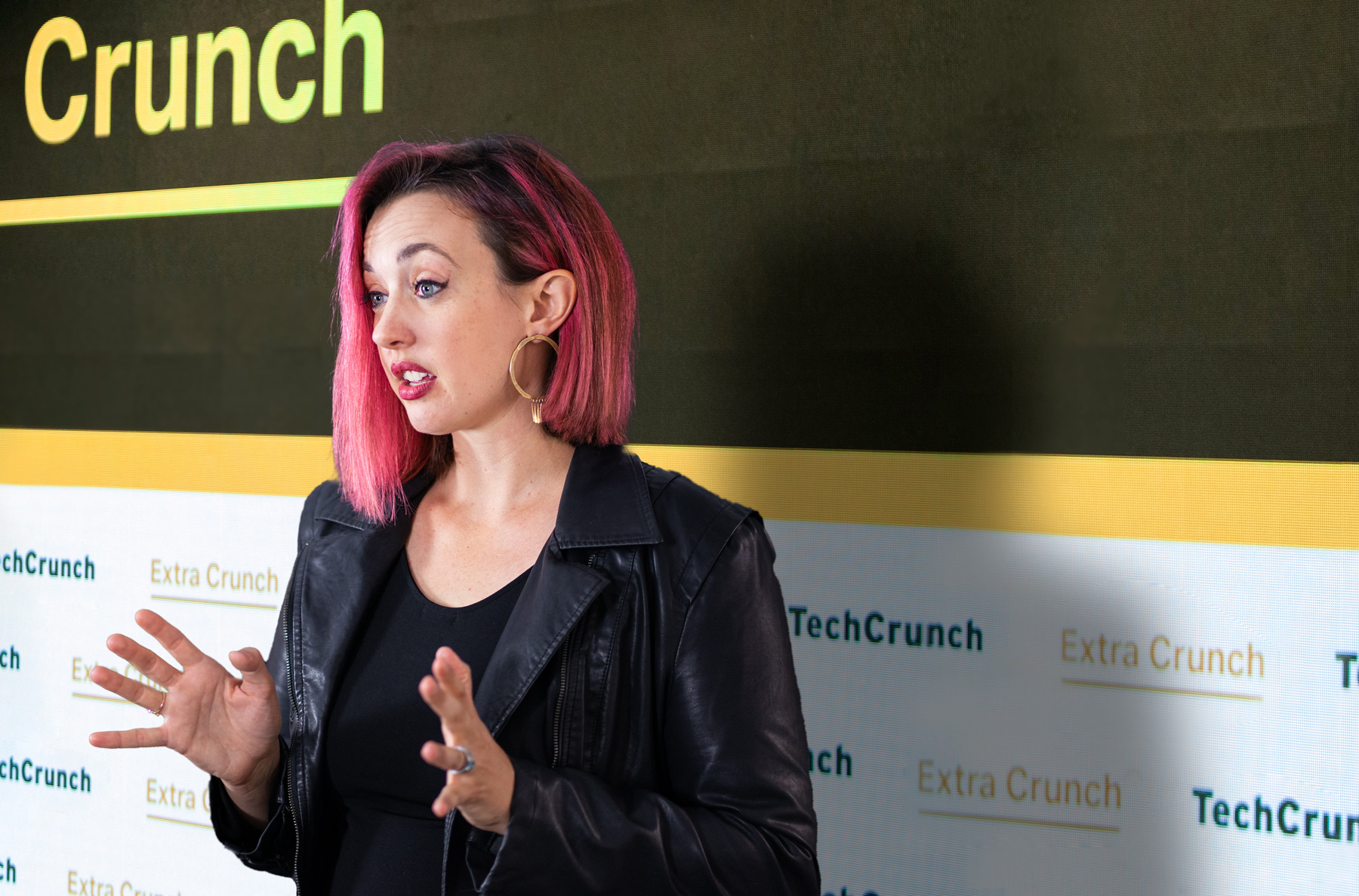
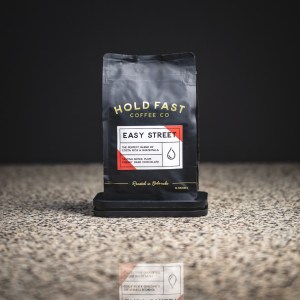




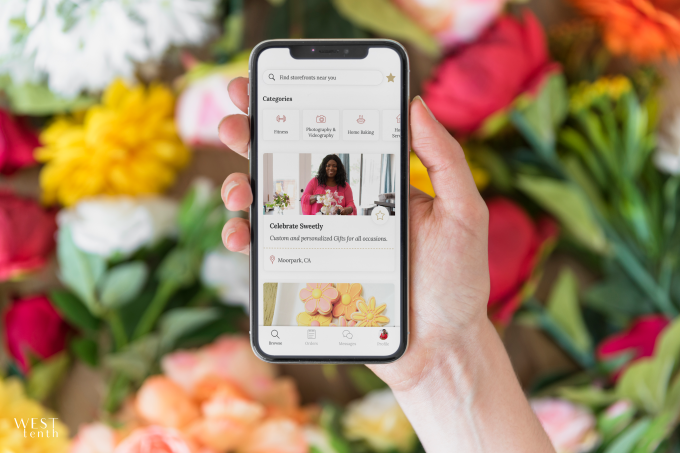
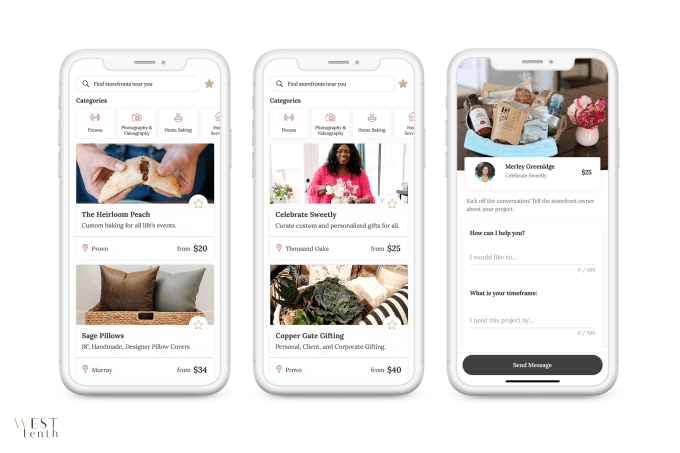
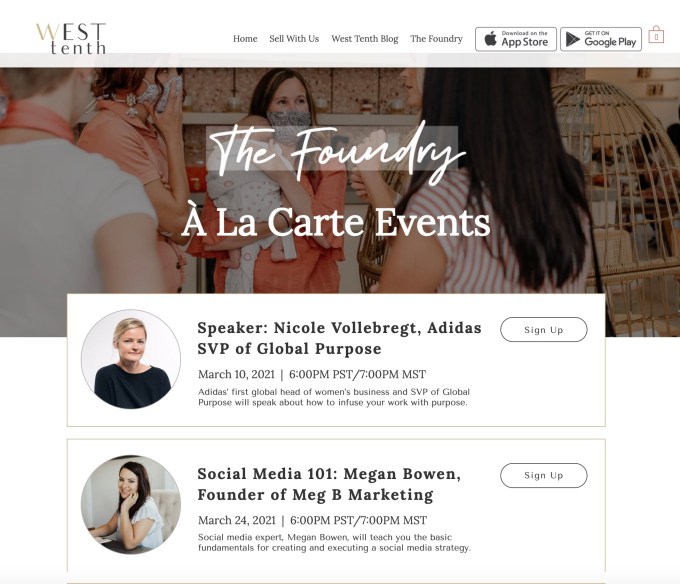
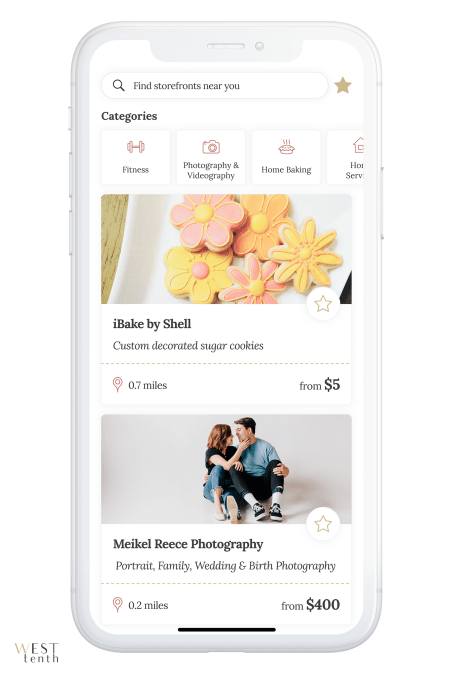







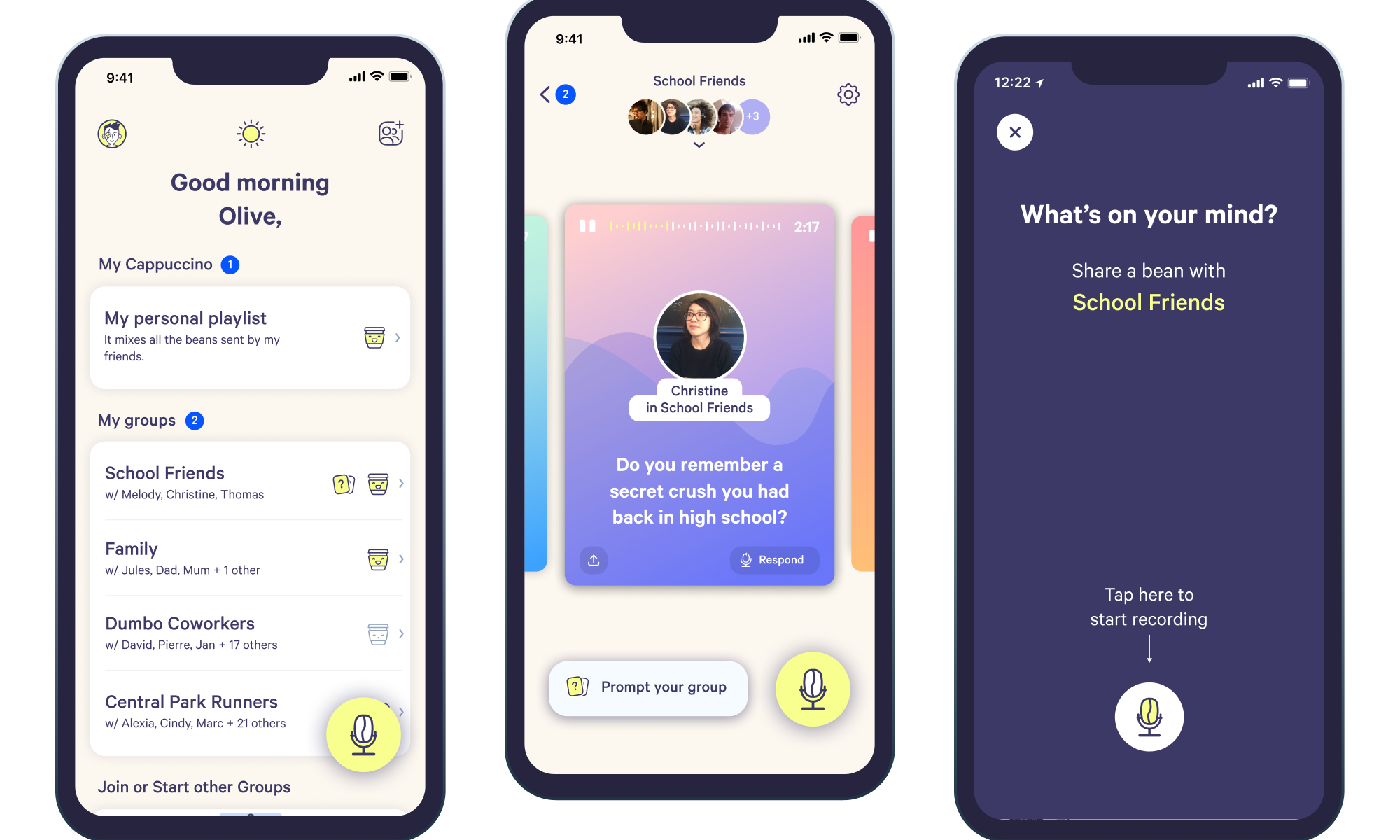
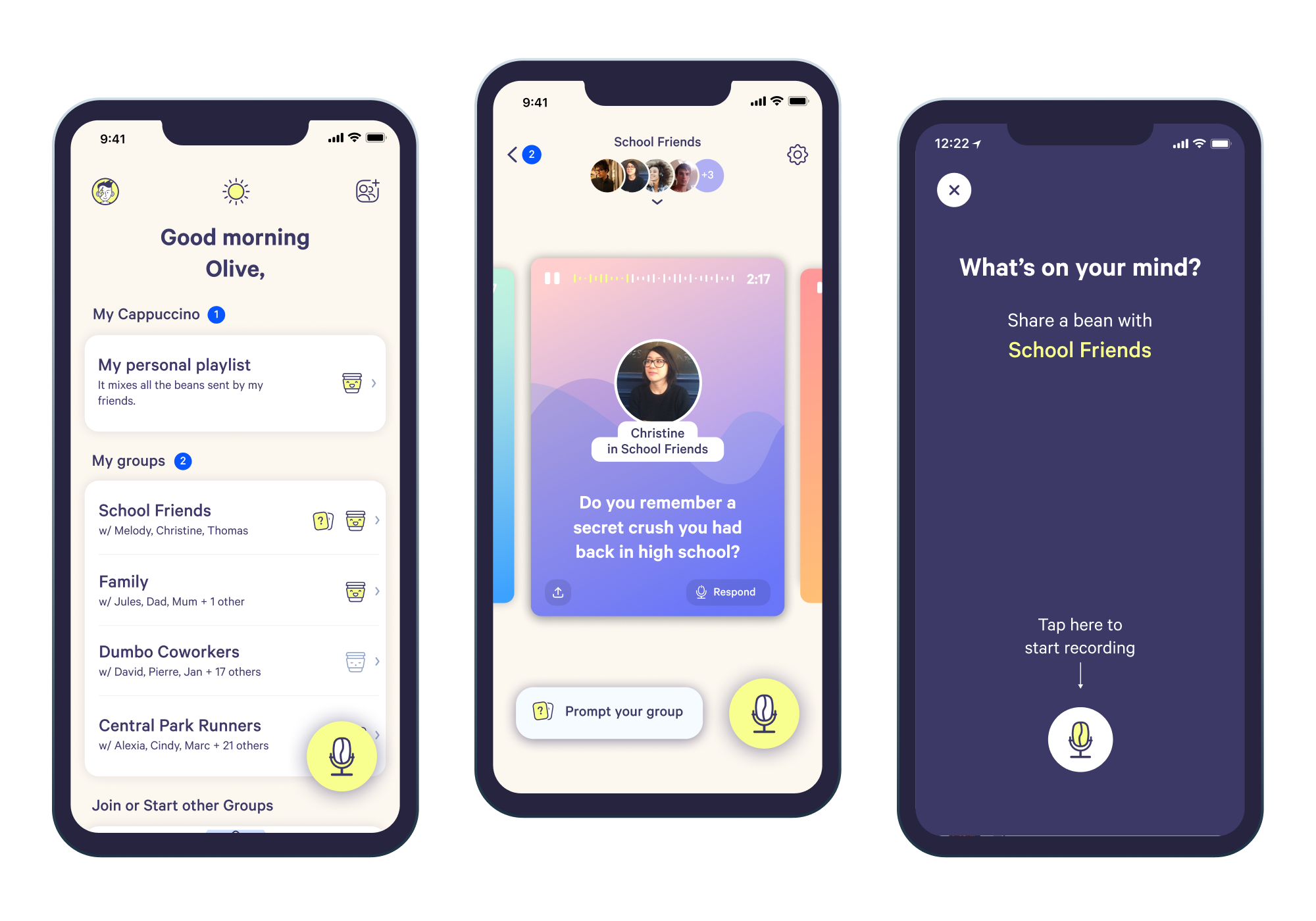
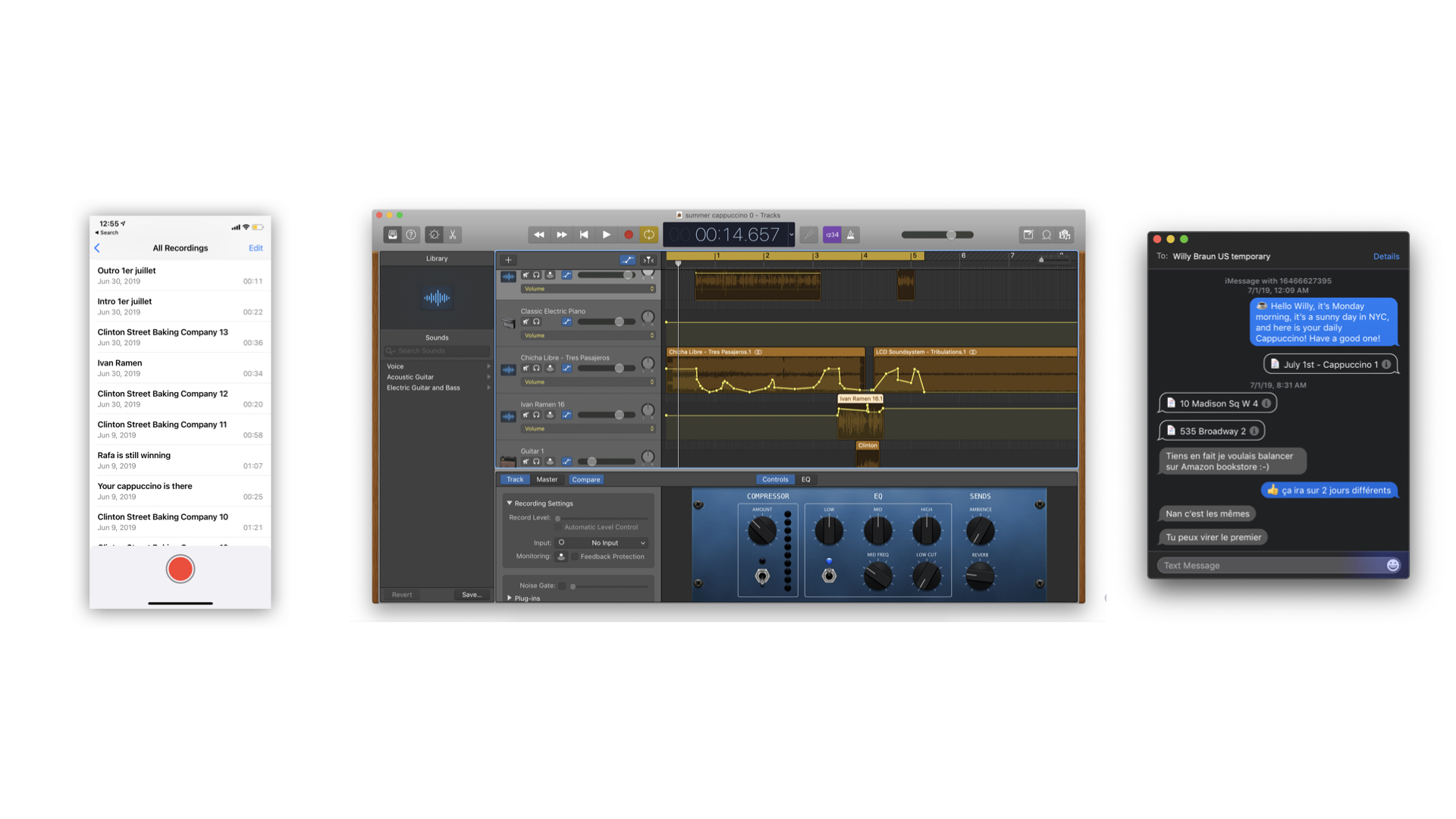

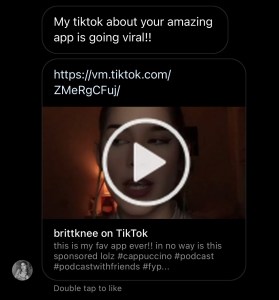

 (@ameliaesque)
(@ameliaesque)